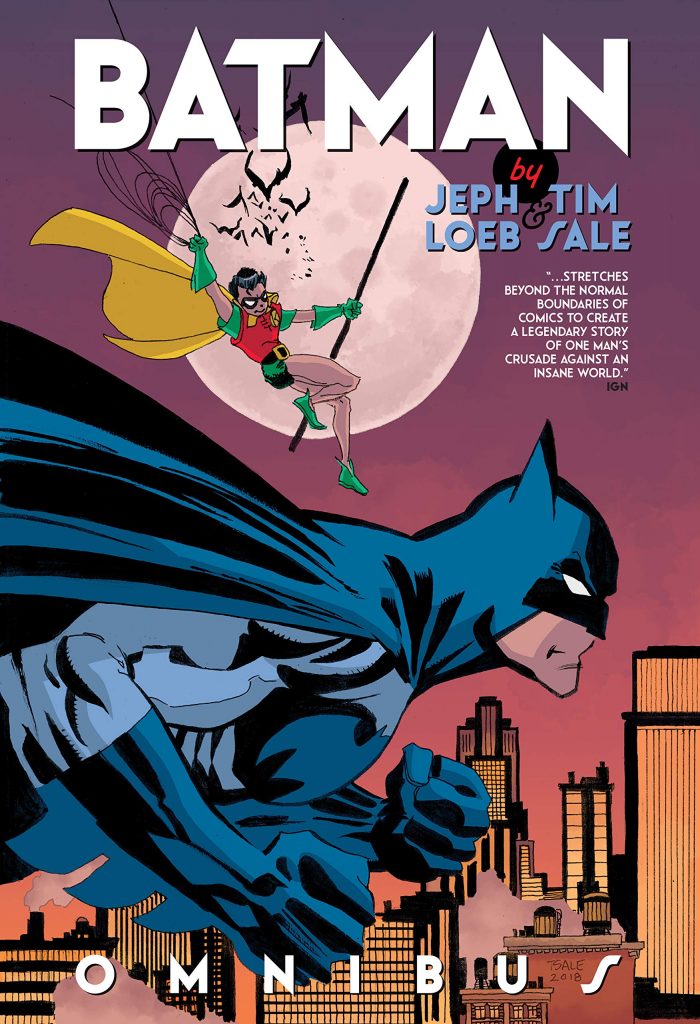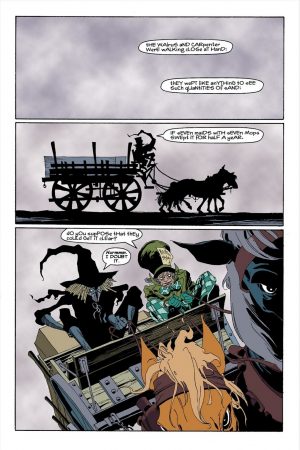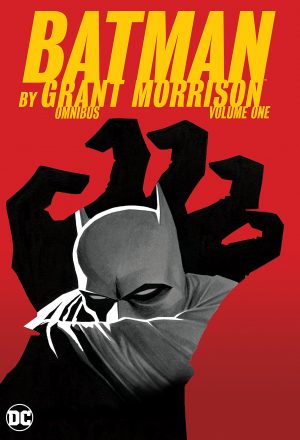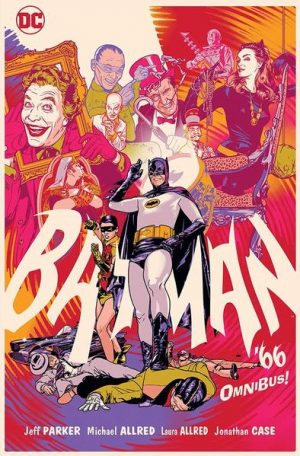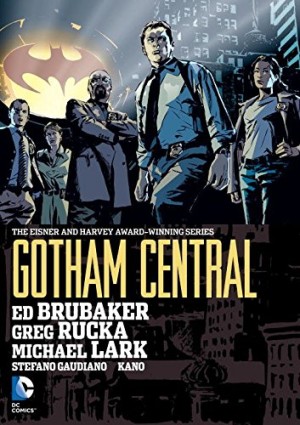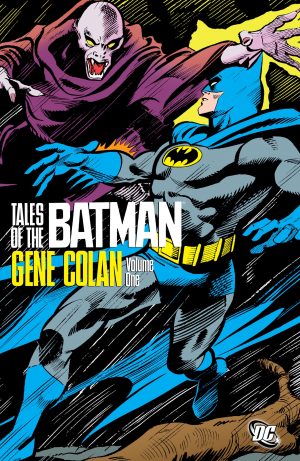Review by Karl Verhoven
The work of Jeph Loeb and Tim Sale on Batman has long been regarded as gold standard material, so an Omnibus edition might seem to make sense. However, as the story content is four graphic novels in print as paperbacks since their original publication, with the entire content available over three Absolute editions, is there anyone still left to buy the Omnibus? It is cheaper than the combined price of the Absolute hardcovers.
Although they’d previously collaborated on a trio of Batman halloween stories (Haunted Knight), it was the Eisner Award winning The Long Halloween that cemented Loeb and Sale’s reputations. Each of the thirteen chapters takes place on a public holiday, and each moves the plot forward by a month as the Holiday Killer repeatedly murders, and early in his career Batman is constantly thwarted. It’s an extremely satisfying formula, well applied, with twists enough to fool the seasoned crime reader right until the final disclosures, and many of Batman’s villains appearing. Sale’s sparse and moody art, however, raises the story to another level. Taking his inspiration from the 1940s Batman to create a shadowy world capable of bursting into colour, Sale creates iconic versions the villains, and Gregory Wright’s colour work is excellent. The sample art is from this story.
Success prompted a sequel, and while by no means poor, Dark Victory fails to engage as completely in tying up a few loose ends, although a sympathetic treatment of Commissioner Gordon used as a device to unite the chapters works nicely. Other characters don’t integrate as smoothly, with Robin really only serving as a marker of time, and the new District Attorney a sore thumb until her ultimate purpose, while Loeb repeating the plot template results in greater contrivance and predictability. Sale redesigns the Joker, now a grotesquely stylised creature, and supplies a more muscular Batman, but those are the visual exceptions to another uniquely realised environment. In combination with colourist Wright, Sale again presents an appealing dark and shadow led noir world that many subsequent Batman artists would take as an influence.
Catwoman plays a large role in the early stages of Dark Victory, and her solo story When in Rome, is partially a sidebar to that. It’s unfortunate that a story element to keep readers guessing is a matter revealed in Dark Victory, but then that’s not the entire purpose. The mood directly contrasts the earlier material, being a light caper story influenced by the 1960s cinematic equivalents. Catwoman and the Riddler provide a mismatched pair of detectives, although Sale modifies his design for the Riddler to conform to a comedy stereotype.
Neither of Loeb and Sale’s first two collaborations are distinctive other than for Sale easing his way into what would become his signature style. It’s with their third halloween story that the spark emerges, Loeb effectively combining Batman and A Christmas Carol with a terse narrative voice as the ghosts of past, present and future manifest before Batman. These are a clever integration of Batman’s villains – “We spirits merely choose these forms because of who you are. To others we might appear as something or someone else”, he’s told by Poison Ivy’s spiritual representation. Sale’s art is wonderful, Loeb’s plot has a point to make, and everything signposts greater work to come.
A two page story about a young Bruce Wayne almost meeting Clark Kent is a not previously reprinted bonus, but hardly a deal clincher. Other bonus material includes the covers to the original comics, and the days of sloppy binding causing the art to disappear in DC Omnibus editions have passed.
